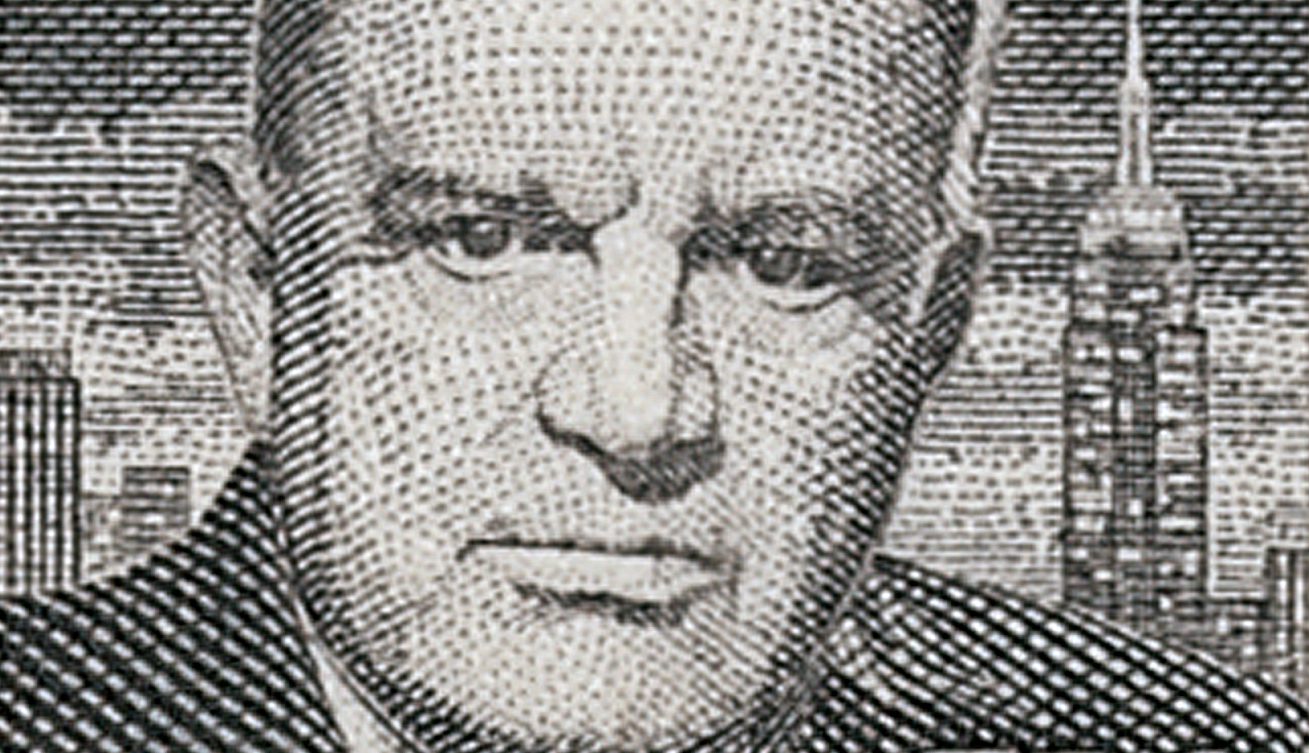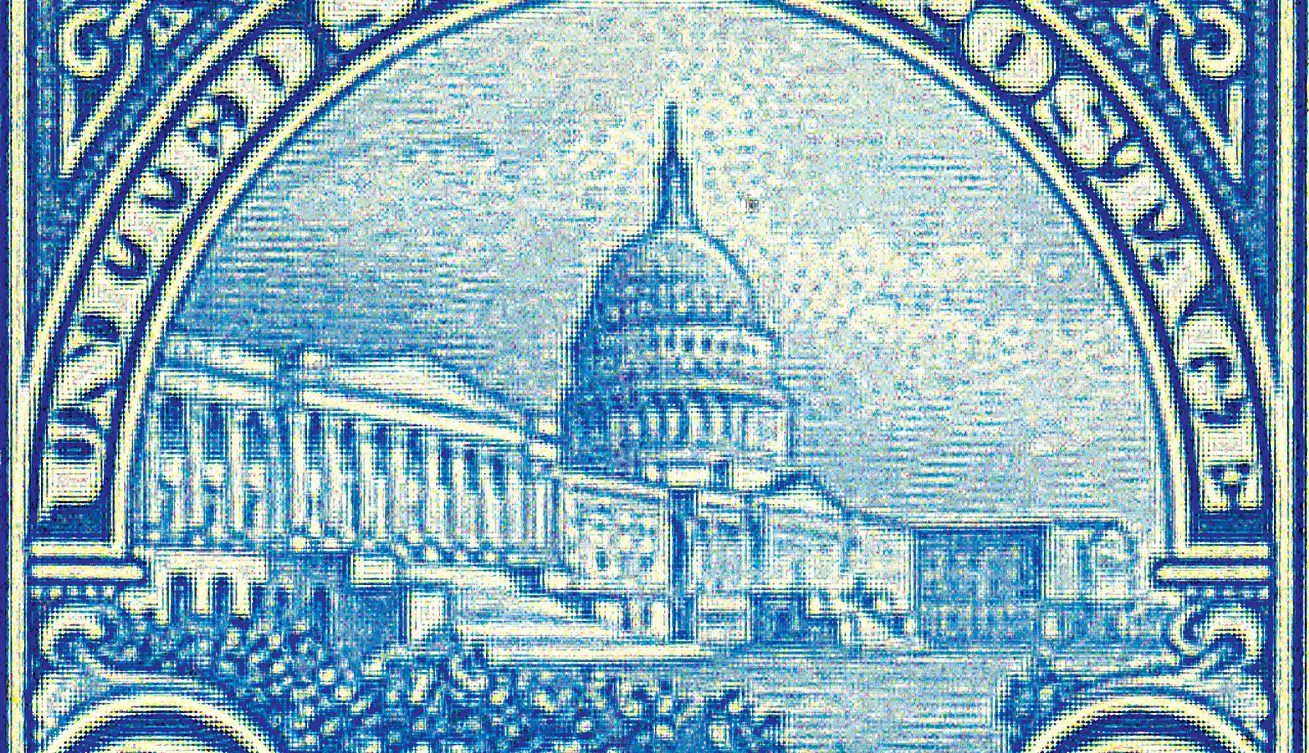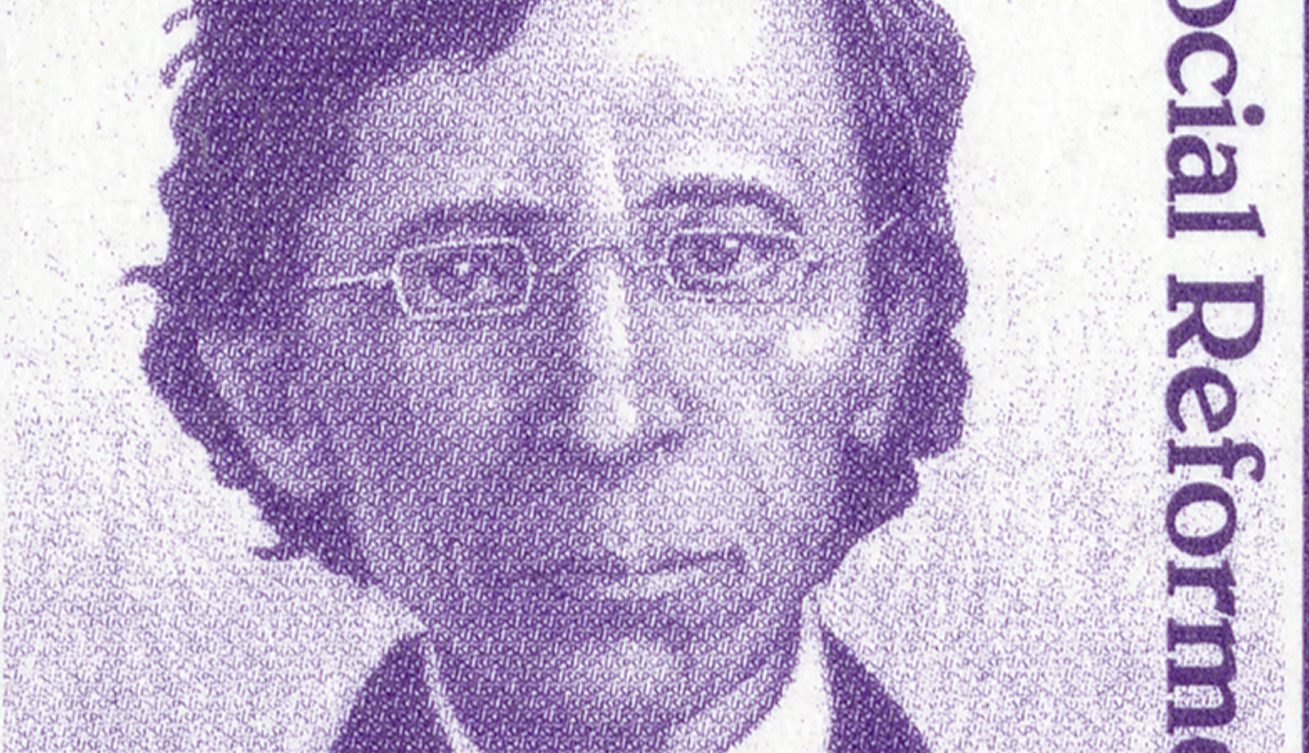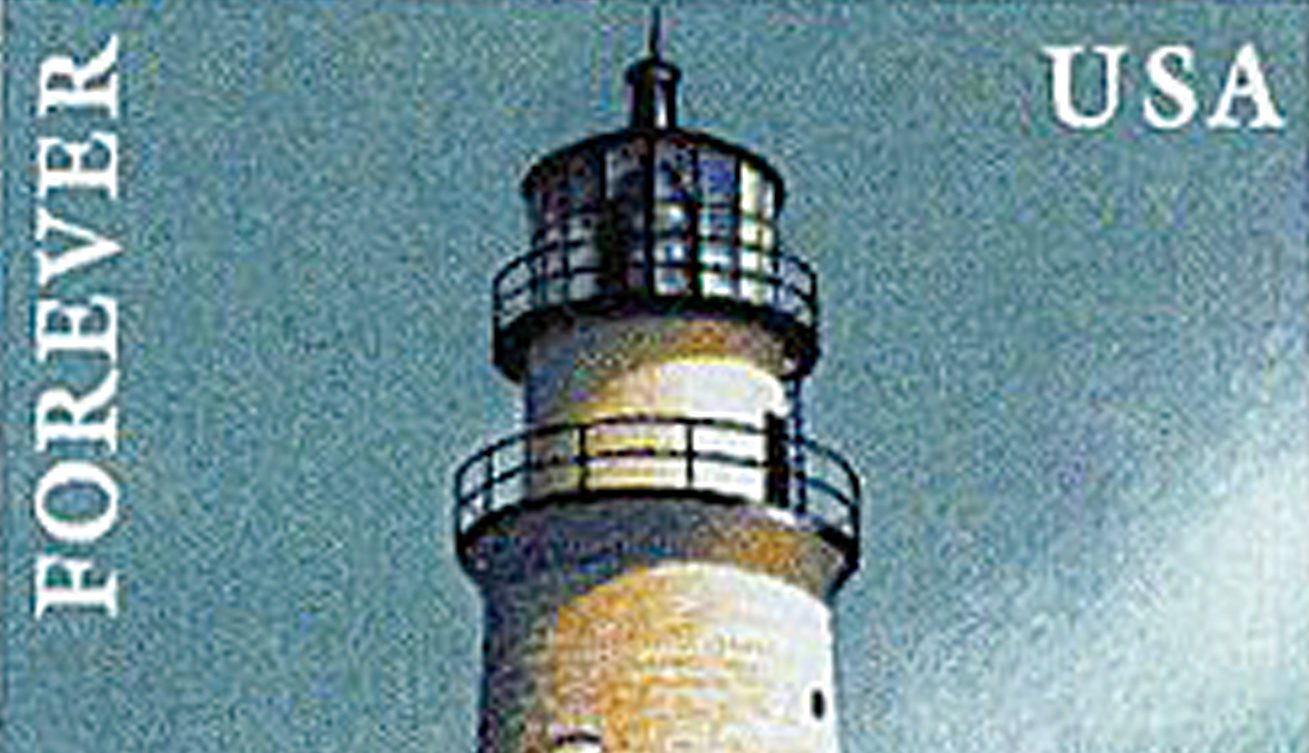Birth of Stamp Artist Howard Koslow
Howard Bertram Koslow was born on September 21, 1924, in Brooklyn, New York. Over the course of 40 years, Koslow produced artwork for more than 50 US stamps and postal cards, including the popular and long-running Lighthouse Series.









